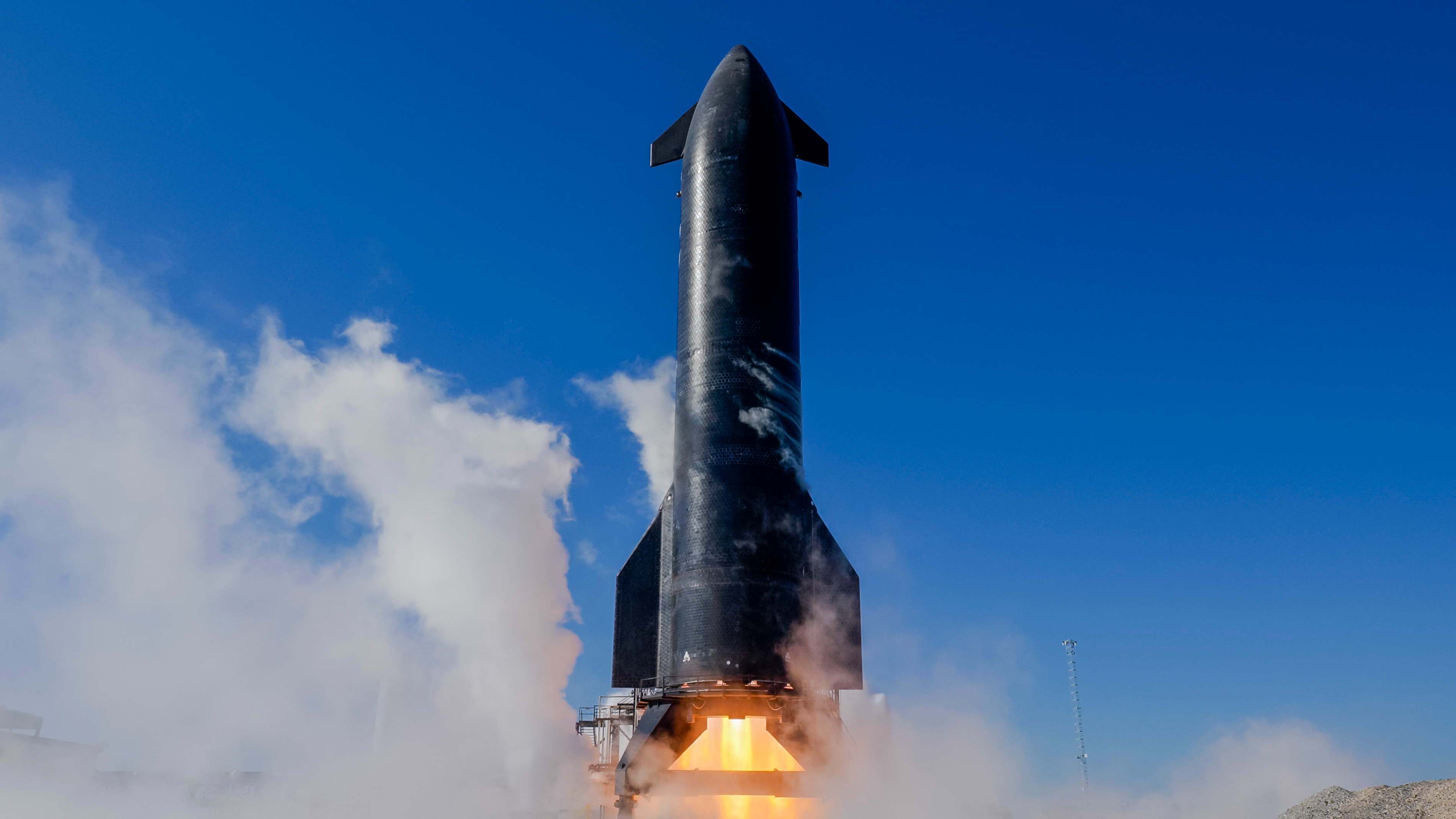See Venus meet up with Uranus in the sky tonight (March 31)
The encounter involves the solar system's hottest planet and its coldest one.

The solar system's hottest planet and its coldest one will be in conjunction on Friday (March 31), offering a rare opportunity for skywatchers.
Venus (the hottest) and Uranus (the coldest) will share the same right ascension — the celestial equivalent of longitude — as both the weekend and April approach, with Venus passing just to the north of Uranus in the sky.
From New York City, the conjunction between the two planets will become visible at around 7:35 p.m. EDT (2335 GMT), when Venus and Uranus rise to around 29 degrees over the western horizon, according to In the Sky. (Your clenched fist held at arm's length covers about 10 degrees of sky.) The planets will vanish three hours after the sun sets, at around 10:18 p.m. EDT (0218 GMT on April 1).
Related: Night sky, March 2023: What you can see tonight [maps]

During the conjunction, both planets will be located in the constellation of Aries. The duo will be too widely separated to be seen together through a telescope.
Venus will have a magnitude of -4.0, bright enough to be seen with the naked eye, according to In the Sky, while Uranus will have a magnitude of 5.8, meaning it will be best viewed with binoculars or a telescope. (On the magnitude scale used by astronomers, negative numbers refer to brighter objects.)
This disparity stems from the two planets' differing distances from the sun. Though Uranus is over four times wider than Venus, it is a whopping 17 times farther away from Earth than is Venus, our planet's closest neighbor. Venus is the second planet from the sun, while Uranus is the seventh.
Breaking space news, the latest updates on rocket launches, skywatching events and more!
But this distance from the warmth of our star is only partially responsible for the record-breaking cold temperatures recorded at Uranus. Its fellow ice giant Neptune is farther from the sun, and while it may have the coldest average temperatures at around minus 214 degrees Celsius (minus 353 degrees Fahrenheit), Uranus holds the distinction of having the coldest recorded temperature of the solar system's eight major planets, at minus 224 degrees C (minus 371 degrees F).
"Uranus is the only planet that is really in thermal equilibrium with the sun, and there are two options as to why its surface appears cold. Firstly it could just actually be that Uranus is hot in its interior, but this heat is trapped. That means it can't cool down so it's hot inside but cold outside," Ravit Helland, a professor at the Institute for Computational Science at the University of Zurich's Center for Theoretical Astrophysics and Cosmology, told Space.com for a previous story.
"Alternatively, it may be that it just managed to lose its primordial heat, for example, via a giant impact or another unknown process," Helland added. "So, the short answer is we don't really know why it's cold, and this is one of the biggest mysteries surrounding Uranus."
Likewise, proximity to the sun isn't the primary reason for Venus' record-breaking temperatures. Venus' surface is hotter than that of Mercury, the closest world to our star.
The average temperature at the surface of Venus is 864 degrees F (462 degrees C), hot enough to melt lead. Venus' atmosphere is full of the greenhouse gas carbon dioxide, which traps heat and gives rise to furnace-like conditions and pressures more than 90 times higher than the pressure on Earth's surface at sea level.
Aside from their massive disparities in temperature and size, both Venus and Uranus have something in common: an "oddball" orbit. Venus rotates backward on its axis, while Uranus orbits on its side, at a roughly 90-degree angle to the direction of its orbit around the sun.
If you're hoping to catch a look at Venus or Uranus during this conjunction, our guides to the best telescopes and best binoculars are a great place to start. If you're looking to snap photos of the night sky in general, check out our guide on how to photograph the moon, as well as our best cameras for astrophotography and best lenses for astrophotography.
Editor's Note: If you snap a photo of the moon and Venus and would like to share it with Space.com's readers, send your photo(s), comments, and your name and location to spacephotos@space.com.
Follow us on Twitter @Spacedotcom and on Facebook.
Join our Space Forums to keep talking space on the latest missions, night sky and more! And if you have a news tip, correction or comment, let us know at: community@space.com.

Robert Lea is a science journalist in the U.K. whose articles have been published in Physics World, New Scientist, Astronomy Magazine, All About Space, Newsweek and ZME Science. He also writes about science communication for Elsevier and the European Journal of Physics. Rob holds a bachelor of science degree in physics and astronomy from the U.K.’s Open University. Follow him on Twitter @sciencef1rst.
